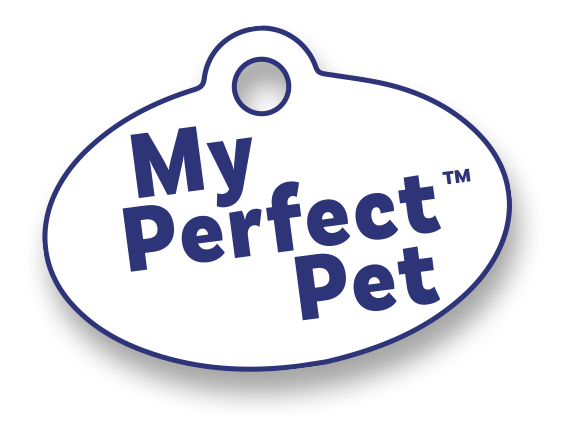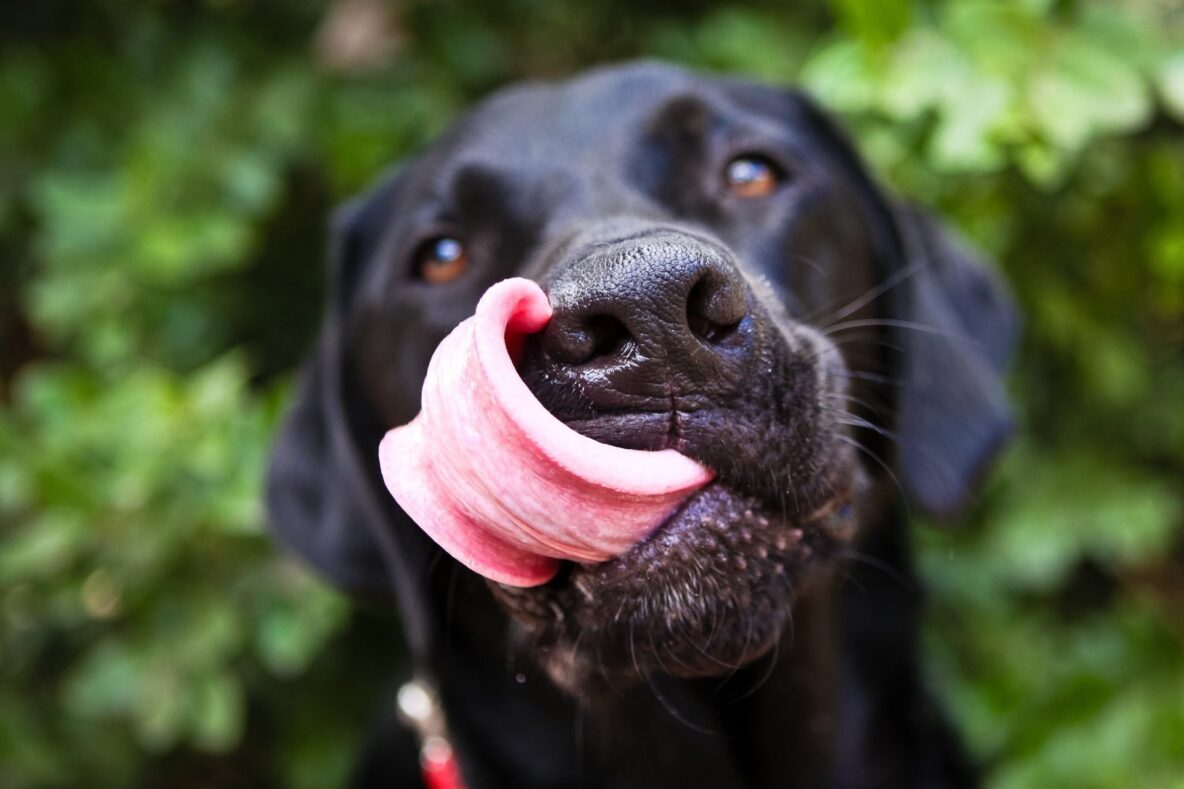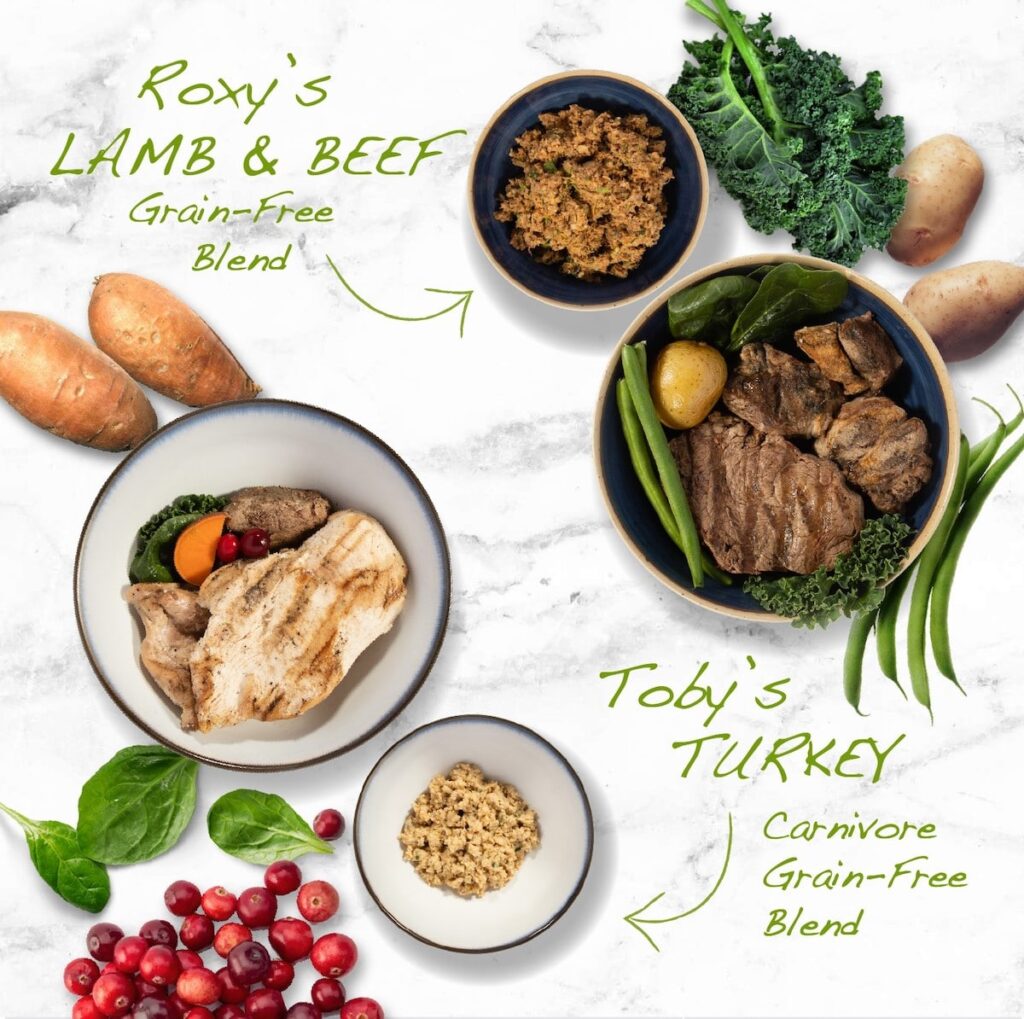Your dog scarfs down dinner and then begs for treats. You put as much food in the bowl as is recommended, but it isn’t enough. What’s going on?
Is there a Problem?
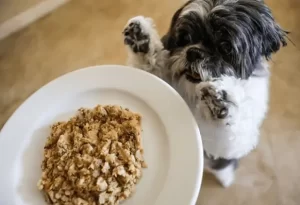 While some dogs seem almost genetically predispositioned to approach every meal ravenously hungry and as though it might be their last, most of the time this is a learned behavior. Rescues may have been food deprived before being fostered or adopted, and may feel a lifelong need to beg for food and gobble it down as quickly as possible before it disappears. The most pampered, well-fed dogs may have learned that begging will result in treats, after all who doesn’t enjoy watching their pet happily wag their tail when enjoying a treat! Or perhaps you are unintentionally overfeeding at meal times. It makes your dog happy, so it must be good, right?
While some dogs seem almost genetically predispositioned to approach every meal ravenously hungry and as though it might be their last, most of the time this is a learned behavior. Rescues may have been food deprived before being fostered or adopted, and may feel a lifelong need to beg for food and gobble it down as quickly as possible before it disappears. The most pampered, well-fed dogs may have learned that begging will result in treats, after all who doesn’t enjoy watching their pet happily wag their tail when enjoying a treat! Or perhaps you are unintentionally overfeeding at meal times. It makes your dog happy, so it must be good, right?
Not necessarily. While we all take pleasure in watching our pets enjoy food and treats, overfeeding can literally be like loving them to death. Too many treats or too much food at meal time can lead to obesity and a host of other health problems. Feeding your dog the right amount of quality food along with health treats and snacks helps your dog keep weight down and stay healthy.
While many dogs are simply food motivated, an increased appetite can also be a sign of several health issues. Some of the health issues that may lead to insatiable appetite, or polyphagia, include:
- diabetes
- tumors
- gastrointestinal issues that lead to poor absorption of nutrients
- Cushing’s disease
Check with your vet if you dog shows noticeable changes in appetite. You’ll want to rule out or address any health issues.
Whether your dog’s problem is learned or related to physical issues, uncontrolled eating is not the answer.
Here are four tips for dealing with your dog’s insatiable appetite:
Trim the Treats
Cutting back on treats for a hungry dog sounds counterintuitive, but if your dog has learned to expect frequent treats, she needs to unlearn that behavior. If you use treats as rewards, try substituting play, snuggles, or other positive attention lavished on your dog as you decrease the treats offered.
If you still want to offer treats, make sure they are made with fresh whole ingredients and are very low in fat and calories. Yes, calories count in the dog’s diet just like they do in yours.
Offer the Right Amount of Food
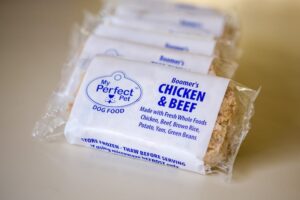 Just because your dog will eat several helpings doesn’t mean he should. Talk to your vet about your dog’s needs and review the nutrition information on your dog food to determine the right amount of food for your dog’s size and age.
Just because your dog will eat several helpings doesn’t mean he should. Talk to your vet about your dog’s needs and review the nutrition information on your dog food to determine the right amount of food for your dog’s size and age.
My Perfect Pet recommends feeding amounts based on the ideal weight for your dog, or what the weight he should be, not the current weight (if overweight) or the weight he would like to be. Detailed feeding instructions for My Perfect Pet blends can be found here.
Meet Older Dogs’ Needs
There is a misconception that older dogs need the same amount of food, just “lite” or reduced calorie. In reality, as dogs age their metabolism goes down. At the same time, their systems become less efficient at processing certain foods.
Many senior formulations use fillers to bulk up food, but these fillers are hard to digest — these undigested foods pass through the dog’s system enabling them to eat more, and forcing their systems to work harder in the process. When dog food is easily digestible, older dogs are better able to get the nutrition they need by eating slightly less while absorbing more of the nutrients.
Pack in Nutrition
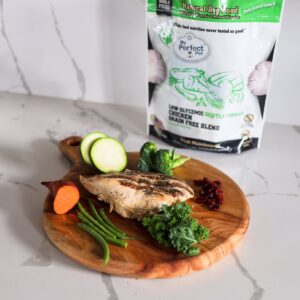 Older dogs aren’t the only ones who need real nutrition. All dogs need a variety of quality nutrients for growth, energy, and health. The high heat used in highly processed foods can damage nutrients, and synthetic ingredients are harder to digest than naturally occurring elements. Fresh food, lightly cooked, offers real nutrition in an easy to digest form. That means your dog is likely to get more of what she needs, more easily, even if she has GI issues. What’s more, fresh, lightly cooked food smells and tastes great! Your dog will literally eat it up.
Older dogs aren’t the only ones who need real nutrition. All dogs need a variety of quality nutrients for growth, energy, and health. The high heat used in highly processed foods can damage nutrients, and synthetic ingredients are harder to digest than naturally occurring elements. Fresh food, lightly cooked, offers real nutrition in an easy to digest form. That means your dog is likely to get more of what she needs, more easily, even if she has GI issues. What’s more, fresh, lightly cooked food smells and tastes great! Your dog will literally eat it up.
As a dog parent, you need to make healthy choices for your kids. That means talking to your vet about possible health issues, and if you find one, creating a diet plan as part of the treatment plan. It also means making healthy choices daily about food, whether it’s what you put down for your dog’s dinner or what kind (and how many) treats you offer during the day.
It’s your job to give your dog what he needs, not what he wants… even if he looks really cute asking for just one more bite!
Try My Perfect Pet Food
Every package of My Perfect Pet comes in pre-portioned servings, so you can plan your dog’s meal time easily. Healthy and tasty, praised by vets!
- Fresh Whole Foods — see how we make it
- Excellent Nutrition — see the ingredients
- Great Taste — your dog will love it
Find it in a Store Near You
Shop Online
